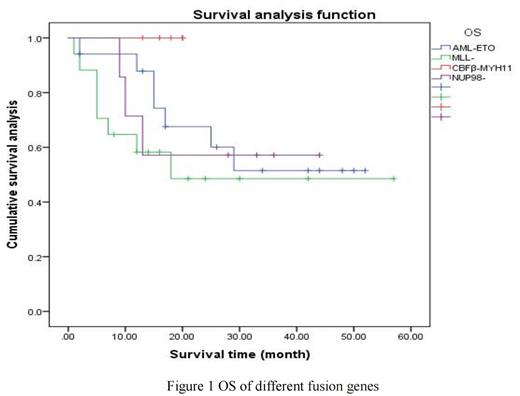B ackground : Refractory and relapsed acute myeloid leukemia are usually associated with poor outcomes. Allogeneic hematopoietic stem cell transplantation (allo-HSCT) is the only curative option for children suffering from refractory/relapsed AML. Complete remission before transplantation can reduce the recurrence rate after transplantation and improve the survival rate. Previous studies have found that low-dose chemotherapy has a complete response rate and long-term survival rate comparable to standard dose chemotherapy, and chemotherapy-related toxicities are lower. Decitabine is active in both initial induction therapy and post-relapse therapy of AML, and has a synergistic effect on apoptosis of leukemia cells when combined with cytarabine. We therefore conducted a prospective study to confirm the efficacy of decitabine combined with low-dose chemotherapy in the treatment of pediatric refractory/relapsed AML. The trial is registered under ChiCTR1800015872(A multicenter clinical study of decitabine combined with low-dose chemotherapy in the treatment of refractory/relapsed AML in children).
Methods: We randomized 89 participants < 18 years with refractory/relapsed AML to receive decitabine combined with low-dose chemotherapy. All patients received decitabine 20 mg/ (m 2·d) ×5 days, intravenous; combined with idarubicin 5 mg/ (m 2·d), qod×3 times, intravenous; cytarabine 10 mg/ (m 2·d), q12h×10 days, subcutaneous; granulocyte stimulating factor 5μg/ (kg·d), qd×10 days, intravenous. Subsequently, children received additional intensive chemotherapy or hematopoietic stem cell transplantation (HSCT) as post-remission consolidation. The primary endpoint was overall survival.
Results: From June 2018 to June 2022,the trial included 31 children with relapsed AML and 58 children with refractory AML. The male to female ratio was 57:32, median age 100 months (range 59-133months). The most common fusion genes were AML-ETO(17, 19.1%) and MLL-r (17, 19.1%), followed by NUP98- (7, 7.9%),CBFβ-MYH11(5, 5.6%). The most common mutation was WT1(18,20.2%), while FLT3, NRAS, and PTPN11 had the same proportions. (14, 15.7%).After one course of chemotherapy, 48 children (53.9%) achieved CR/CRi, 21 children (23.6%) achieved PR, and 20 children (22.5%) achieved NR, with an overall response rate of 77.5%. Thirty-one of these children received a second course of decitabine combined with low-dose chemotherapy. 11 children (35.5%) achieved CR/CRi, 17 children (54.8%) achieved PR, and 3 children (9.7%) remained NR. Of the 89 children, 66 (74.2%) children eventually received HSCT ,while the remaining 23 did not. The five-year cumulative survival rate was 64.7%. Among them, the five-year survival rate of relapsed AML is 52.6%,while that of refractory AML was 76.1%. The survival rate of refractory AML was better, but there was no statistical difference in P value between the two groups. The five-year survival rate was 82.7% for those who received HSCT, compared with 19.8% for those who only received chemotherapy, the P-value was statistically significant. The survival rate of different fusion genes was shown in figure 1.
Conclusions: Decitabine combined with low-dose chemotherapy is a favorable benefit-risk profile and may be a promising option for refractory/relapsed AML in children. Hematopoietic stem cell transplantation after remission can improve survival rate.
Disclosures
No relevant conflicts of interest to declare.


This feature is available to Subscribers Only
Sign In or Create an Account Close Modal